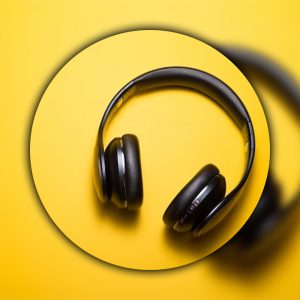Composition in Middle School


As you build a music program that meets the needs of your middle school students, be sure to provide opportunities for your students to develop their composition skills. This will help them appreciate the music they are writing and their role as the composer.
A previous study (Cronenberg, 2016) found that music educators generally believed general music should be required for all middle-level students. This study investigated the perceptions of 1,316 middle school music teachers regarding this issue using an emergent, qualitative content analysis approach.
Theoretical Concepts
Music theory can be intimidating for some. There are many ways to approach this subject. One of the most effective is to make it engaging and fun for students. You can incorporate games, songs, and other multimedia into your lessons.
A good middle school general music program should include traditional and nontraditional learning methods. Combining these methods will keep your students engaged and excited to learn about the art and science of making music.
One of the best ways to teach this subject is through a curriculum incorporating the latest research into music education. It will also allow you to build a unified and coherent musical experience for your students. The best way to do this is through a comprehensive curriculum that focuses on the key elements of music: rhythm, melody, and harmony. This curriculum will give your students the foundation for a lifelong love of music.
Listening Skills
The ability to listen well to music is an important skill that should not be taken lightly. It has a direct impact on performing and compositional skills.
It also develops the skills needed to make sense of the music students listen to, which can help them create music with greater depth and meaning.
Composing can be a very rewarding experience for students. It fosters general life skills, such as problem-solving and decision-making, and is a great way to develop self-esteem.
Creative listening, which is essentially open-answer and divergent listening, is another valuable skill students should learn. This kind of listening allows students to come up with answers that may not be what a teacher might think.
Consider using one of these creative listening prompts to help teachers understand what their students should be listening for when they listen to music. These ideas are perfect for teaching students the importance of listening with intent and are easy to incorporate into any music class!
Music Notation
Music notation is the written language of music that enables musicians to communicate the information needed for playing a piece. This system of symbols and signs evolved throughout history and formed a universal language understood by most musicians worldwide.
Music notes are marked on a five-line staff with spaces between them, usually with stems in the middle. Note stems indicate the duration (note length or note value) of a sound. They can also indicate quarter notes (crotchets) or smaller subdivisions.
The symbols flats and sharps (right side of the picture) modify the pitch of a note by one-half step. They stay in effect for the rest of the bar.
Another symbol called a natural cancels out any previous sharps or flats. It may appear at the end of a measure to mark the key signature.
In addition to the staff, musical notation also includes rhythms and dynamics. Piano means a quieter dynamic, mezzo-piano means a more moderate dynamic, and forte indicates a louder dynamic.
Composition
Composition is a challenging skill to teach, but an important one. Students need to understand the process of composition to be able to produce high-quality work.
Unlike more specific music classes focusing on public musical performance, general music courses offer comprehensive and inclusive learning experiences (Abril, 2016). These courses expose students to musical knowledge and skills and are considered introductory courses in the musical education field.
Middle-level school students typically enroll in various exploratory courses throughout their adolescent years. These courses can be required or elective; educators often need help with enrollment, scheduling, budgeting, curricular content, and more.
To understand music educators’ perceptions regarding the purpose of a general music requirement in middle-level schools, I conducted a content analysis survey examining the responses of 1,316 middle-level music teachers. The results revealed that music educators were divided on whether general music should be required for all middle-level students.
